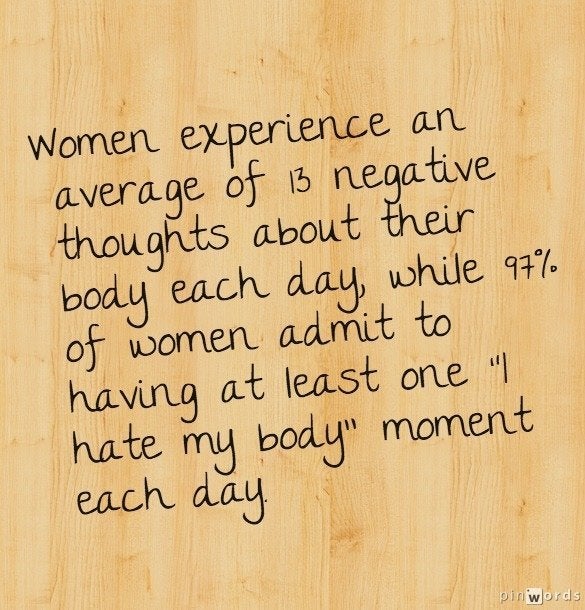There's a new dance documentary coming to England's Channel 4 -- and only "big" girls were invited to participate.
Produced by former Royal Ballet dancer Wayne Sleep, "Big Ballet" will follow 18 plus-size amateur dancers through a training regime that will culminate in a 25-minute version of "Swan Lake." A March 21 post on the show's Facebook page indicates that the producers were only considering "ladies who are larger than a size 12." The production company, Rare Day, hopes that the show will "challenge the idea that only super skinny & tiny dancers can perform classical ballet and prove that weight, size and shape really don't determine gracefulness and the ability to convey emotion through dance."
Is this show a positive step forward in the dance world, or just another example of exploiting overweight women for entertainment? Though the show's creators may have good intentions, I tend to think the latter.
Instead of normalizing the idea that people of all shapes and sizes can be successful dancers, the show singles out "fat dancers" and holds them to different standards -- in an environment where weight is a central focus. As Maria Guido of Mommyish commented: "Unless it's a show about weight loss, I really don't see the benefit in identifying a show based on the weight of its participants."
Sleep told The Telegraph that his language upset some of the participants during filming:
I said "fat" to start with, but, by God, did I get a bad response from my girls, so I said: "Lets clear up this situation. You are in this show because you're big; there are other people who were big who applied, but they weren't big enough to get onto this show -- think how they feel."
Sleep's comment makes it clear that the show's participants were picked solely because of their large size, not because of their potential as dancers.
According to Channel 4, Sleep knows what it's like to be discriminated against for his body type. He was "the shortest ballet dancer ever to make his debut on the Royal Ballet stage," proving to his critics that his size didn't matter. But will "Big Ballet" have the same effect on the show's viewers?
While I applaud the show for bringing diverse bodies to the small screen -- something that we could certainly use more of -- the premise of "Big Ballet" seems restricting, not inspiring. This is not a talent-based show affirming the worth of women of all sizes. By putting "big" dancers in a separate category, the show continues to perpetuate the idea that these less-than-super-skinny bodies would be out of place in a "normal" ballet. "Big Ballet" makes its stars gimmicks rather than simply talented dancers.
The message that comes across from the documentary's publicity materials is sadly not that talent comes at every size. "Big Ballet" tells women who aren't ballerina-petite that there's no space for them on the main stage, only in the wings.
ALSO ON HUFFPOST:

